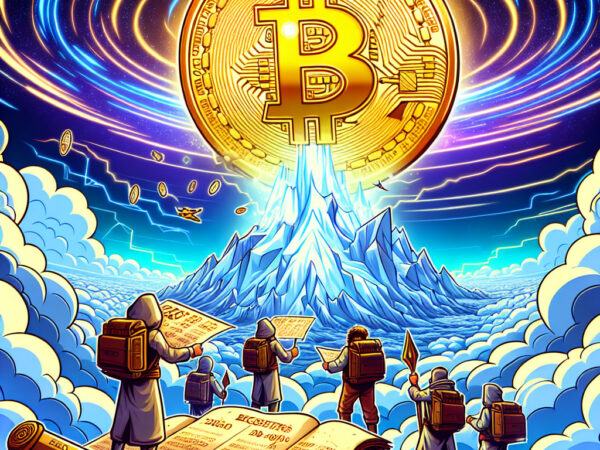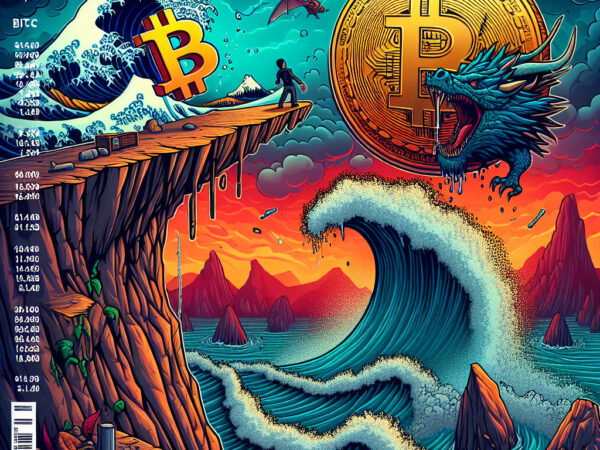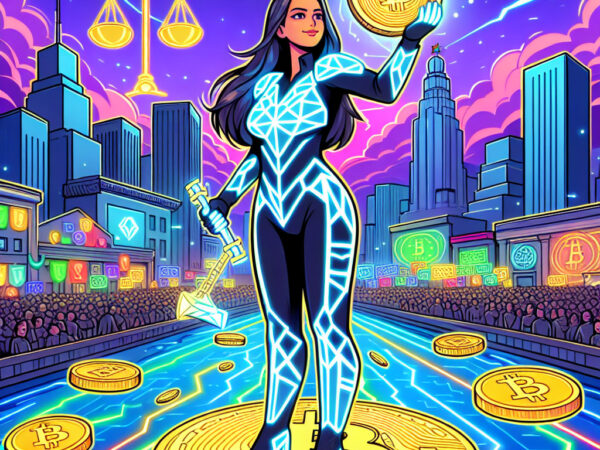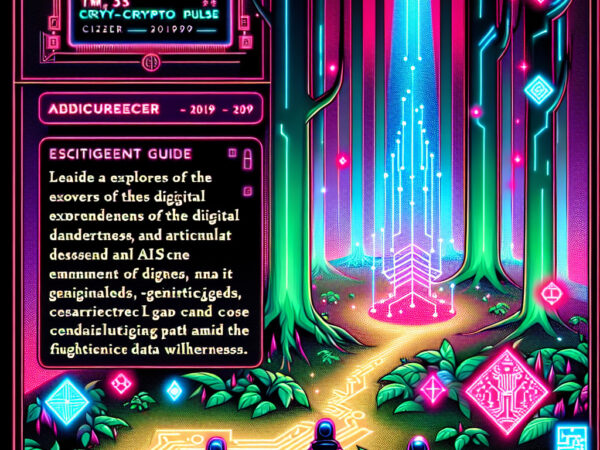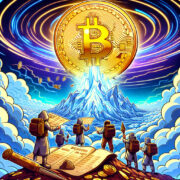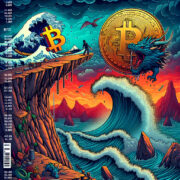Unlock Wealth: Ditch Fake Money for Gold, Bitcoin, and More

In a world where traditional financial setups are increasingly being scrutinized, Robert Kiyosaki, the influential author of “Rich Dad, Poor Dad,” is challenging conventional wisdom by urging seekers of financial stability to look beyond the typical. For decades, Kiyosaki has been vocal about his preference for what he calls “hard money”—tangible assets like gold, silver, and oil, as well as digital currencies such as Bitcoin and Ether. But why does Kiyosaki advocate for these alternatives, and what does he mean by “fake money”?
The phrase “fake money,” as Kiyosaki uses it, criticizes fiat currency—the government-issued paper money most of us use daily. This money, which isn’t backed by a physical commodity like gold, relies on trust in the government that issues it. Kiyosaki argues, however, that this trust can be fragile, especially when central banks have the power to print money, leading to potential inflation and devaluation.
Kiyosaki’s advocacy for assets like gold and silver isn’t a sudden trend. These metals have served as storages of wealth for thousands of years, their intrinsic value resistant to inflation and economic upheaval. Gold, often dubbed a “safe haven” asset, has historically performed well during times of uncertainty. Silver, while more volatile, also offers industrial utility in addition to its monetary value.
Moreover, Kiyosaki’s interest in digital currencies like Bitcoin and Ether introduces an interesting modern layer to his financial philosophy. Unlike fiat money, cryptocurrencies operate on decentralized networks, making them less susceptible to government interference. Bitcoin, often likened to digital gold, has a capped supply, which proponents argue bestows it with an inherent scarcity, similar to precious metals. Ether, the currency of the Ethereum network, extends this value by facilitating the execution of smart contracts—programs that automatically enforce contracts when conditions are met.
Kiyosaki’s perspective may resonate with those wary of economic systems prone to rapid changes, volatility, and the influence of powerful central authorities. However, investing in cryptocurrencies and commodities requires careful consideration. The value of these assets can fluctuate dramatically, with cryptocurrencies known for their wild price swings. As of 2023, Bitcoin has experienced both meteoric rises and steep declines within short spans.
For those considering stepping outside of traditional investment routes, it’s essential to weigh these risks against potential rewards. Diversifying a portfolio with a mix of assets, as Kiyosaki suggests, could mitigate risk while potentially unlocking new avenues for wealth creation. Yet, blindly following any financial advice without due diligence could lead to unforeseen pitfalls.
In the end, Kiyosaki promotes a philosophy of education and awareness—encouraging individuals to question, learn, and take control of their financial futures. Whether or not you agree with his assessment of fiat currency or embrace his endorsements of gold and cryptocurrencies, his underlying message remains clear: understand your investments, seek out reliable information, and make informed decisions.
In a rapidly evolving financial landscape, where old norms are being reshaped by technology and global events, perhaps the best investment one can make is in understanding these shifts and positioning oneself shrewdly within them. As we navigate these complex waters, reflection and a willingness to adapt may indeed be the keys to unlocking sustainable wealth.
